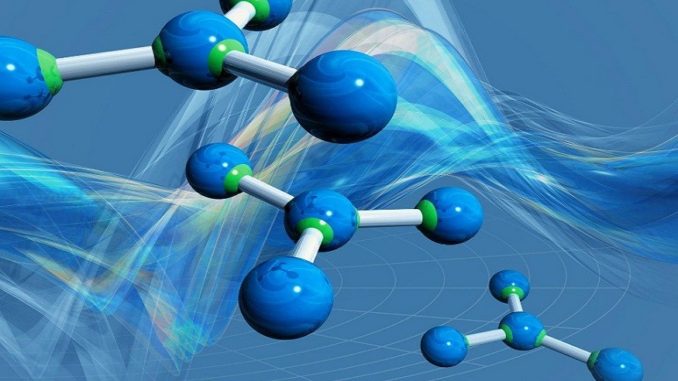
All the things that are present in the universe are the outcome of some bonds being formed. Such bonding connects one atom with another. The mixture of different atoms happens in many forms, such as covalent bonding, ionic bonding, hydrogen bonding or Van der Waal attraction forces.
Chemical bonding is the analysis of interactions between the atoms or molecules. There are different theories, including valence bond theory, VSEPR, molecular orbital theory, which can explain in depth all the phenomena. Bonding is not an example but a way to take each atom or molecule to the most stable form.
Various Types Of Chemical Bonding
When compounds take part in chemical bonding and generate compounds, it is possible to evaluate the stability of the resulting compound by the type of chemical bond it includes. The type of chemical bonds developed differs in strength and properties. The essential types of chemical bondings present in the organic compounds are explained below.
● Covalent bonding
A covalent bond implies electrons are shared between atoms. Organic compounds carbon commonly exhibit chemical bonding of this form. The pair of electrons now extending around the nuclei of atoms that are exchanged by the two atoms. It is contributing to the formation of a molecule.
● Ionic bonding
Ionic bonding is a form of chemical bonding that includes electron transfer from one molecule or atom to the other. Here an atom loses an electron that is gained by other atoms in turn. If such a transition of an electron happens, one of the atoms produces a negative charge and it is called the anion. The other atoms create positive charges in it and are named as the cation.
● Hydrogen bonding
Hydrogen bonding is a weaker type of chemical bonding, comparison with ionic and covalent bonding. It is a form of polar covalent bonding among oxygen and hydrogen where a partial positive charge forms in the hydrogen.
Read more: What Generator Solutions Are Needed for Correct Generator Upkeep?
That means the electrons are attracted back to the more electronegative oxygen atom.
● Van der Waals Force of attraction
The forces of van der Waals are weak intermolecular forces, depending on the distance between atoms or molecules. Such forces arise from the interactions between atoms or molecules that are not charged.
Types Of Bonds Present In Biomolecules
The term macromolecules usually refer to carbohydrates, proteins, nucleic acids, and other essential biomolecules. These macromolecules are polymers, the monomers of which are bound by specific bonds. Few bonds formed in biomolecules are explained below.
● Glycosidic bond
A glycosidic bond is a bond that is found in polysaccharides and disaccharides. It is a bond between two neighbouring monosaccharides. The elimination of a water molecule goes hand in hand with the creation of a glycosidic bond.
● Phosphodiester bond
In DNA double helix, deoxyribose sugar and phosphate groups form the backbone of the strands. Phosphodiester bonds join them.
● Peptide bond
A peptide is a Greek term meaning digested. A peptide is a short polymer of amino acid monomer joined by an amide bond. A peptide bond is a chemical bond connecting the two carboxylic groups of one amino acid to another amino group.
Conclusion
Chemical bonding plays a significant role in the creation of chemical compounds, as most of the things we see around us consist of one or the other kind of chemical bonding. We need to recognize which kind of chemical bonding around us is existing.

Leave a Reply